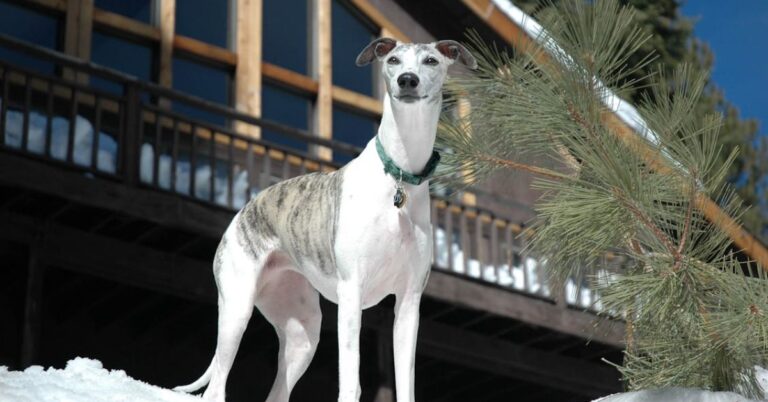The Real Differences Between Huskies And Malamutes You Need To Know
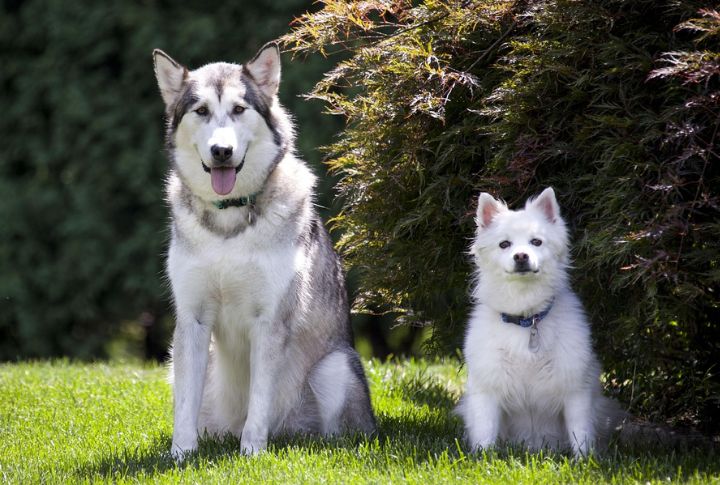
At first glance, these two Arctic breeds may seem interchangeable, but their differences run deep. Each breed carries its own history, temperaments, and physical traits that set it apart in fascinating ways. By the end of this breakdown, you’ll know exactly how to distinguish them—and which might be the better fit for your lifestyle.
Origins
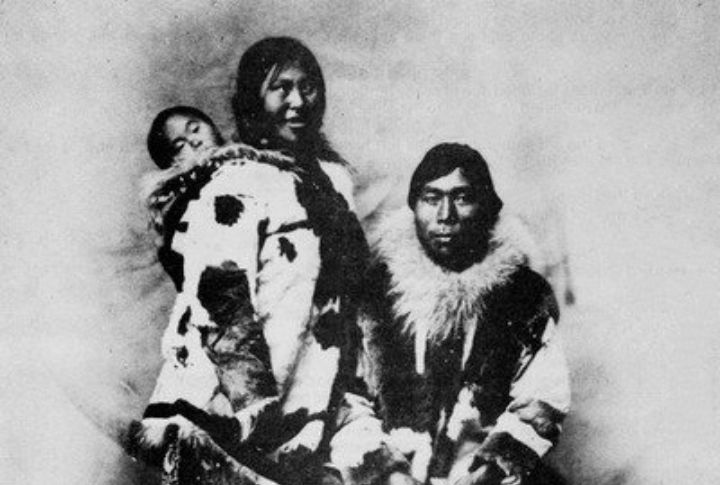
Centuries of purpose-built evolution defined both breeds. Huskies come from Siberia’s Chukchi people, bred for long-distance speed in harsh climates. Malamutes, by contrast, hail from Alaska’s Inuit Mahlemut tribe and were designed to haul massive loads across frozen terrain. Their origin stories forged traits that still impact their roles today.
Speed And Strength

Speed drives the husky’s slim frame, built for relentless movement across tundras. Malamutes, however, rely on brute power—think snowplow, not a racecar. They move more slowly but can pull significant loads. If your adventures require marathon hauling rather than sprinting, the Malamute carries the edge.
Their Gaze
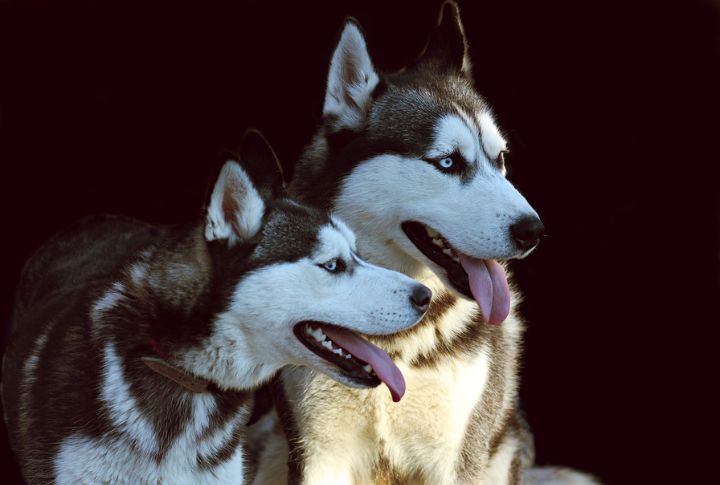
Huskies often flaunt blue, bi-colored, or even parti-colored eyes, a rare genetic trait linked to their lineage. Malamutes always carry brown eyes, ranging from hazel to deep walnut. This visual detail isn’t just aesthetic but equally hints at differing breed standards and genetic pools that remain consistent worldwide.
Grooming
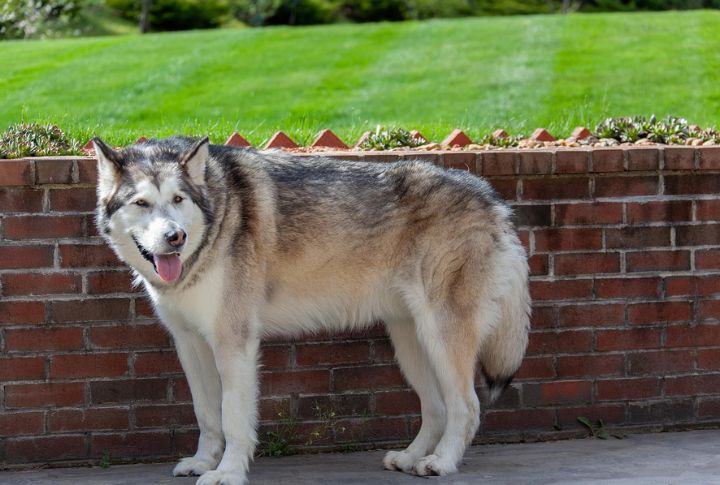
Both breeds shed heavily, but Malamutes take it a level up with a thicker, denser coat that demands more brushing, specifically during spring and fall blowouts. Huskies have a sleeker double coat that still requires attention but proves slightly easier to manage. However, skipping regular grooming means fur storms ahead.
Social Butterflies Vs. Lone Navigators

If you’re throwing a doggy dinner party, expect one guest to work the room and the other to stick close to the host. One breed thrives in social chaos, the Huskies, happily greeting strangers and playmates alike. The other, Malamutes, keeps its circle small, loyal to its family, and proudly self-contained.
Exercise Needs
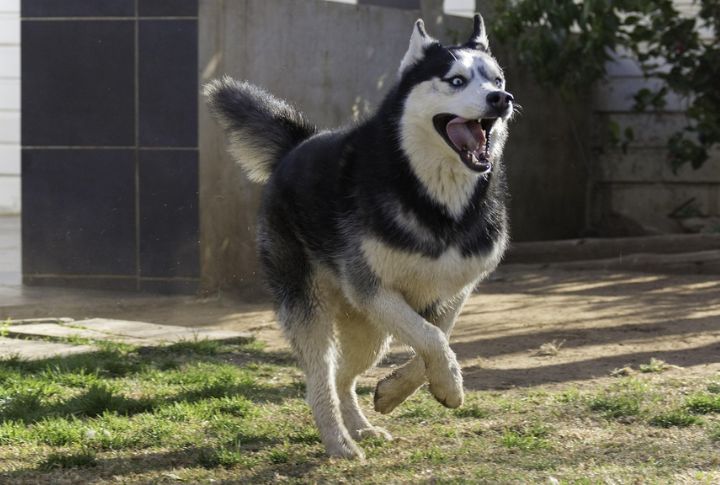
Leave them idle too long, and you might find your couch shredded or your fence scaled like a jungle gym. Daily movement keeps huskies sane—think sprint drills for dogs. But malamutes? They’d rather carry heavy loads like fluffy little weightlifters around the house. Without tailored routines, chaos becomes their favorite indoor sport.
Communication Styles

Have you ever wanted a roommate who never stops talking? Huskies fit the bill—with nonstop howling, whining, and sound effects for every mood. Malamutes are more chill about it, using body language and soft sounds to get their point across. If silence is golden, they’ve got a few more gold stars.
Temperature Tolerance
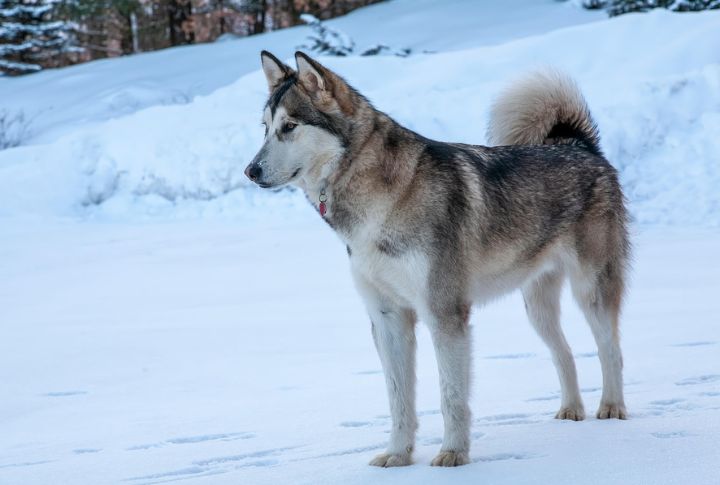
Both breeds thrive in cold weather, but Malamutes handle extreme temperatures better due to their thicker undercoat and stockier frame. Huskies are slightly more adaptable in warmer conditions, though neither breed does well in the heat. So, owners should plan outdoor time carefully during warmer months to avoid overheating and related health issues.
Training Needs
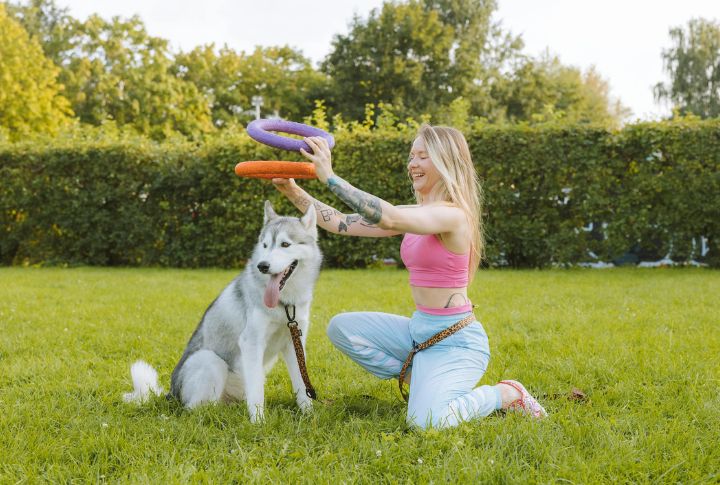
Huskies respond to consistent, positive reinforcement but often test boundaries with clever loopholes. Malamutes require confident leadership, without harshness, to build trust and cooperation. Both need early socialization, but training a Malamute may feel like negotiating with a fur-covered philosopher who questions your leadership at every turn.
Ideal Homes
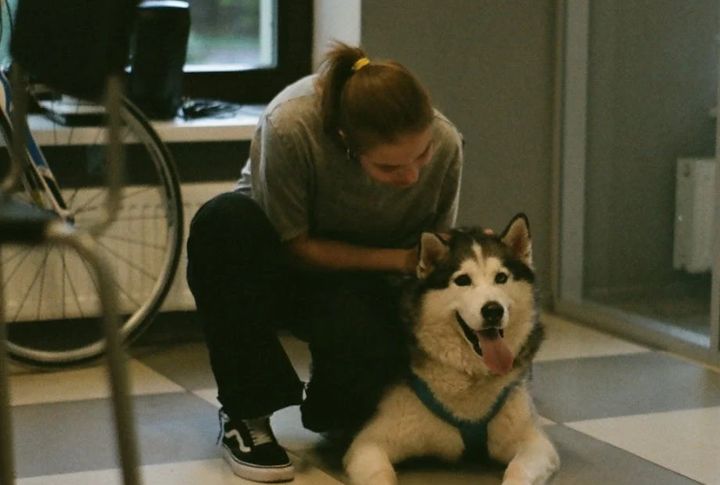
Active families, runners, or outdoorsy individuals often align better with a husky’s fast pace and gregarious vibe. Malamutes suit those with larger yards, cooler climates, and a willingness to invest in structure and strength training. It’s important to know that picking the wrong breed for your lifestyle creates frustration for both dogs and humans.
